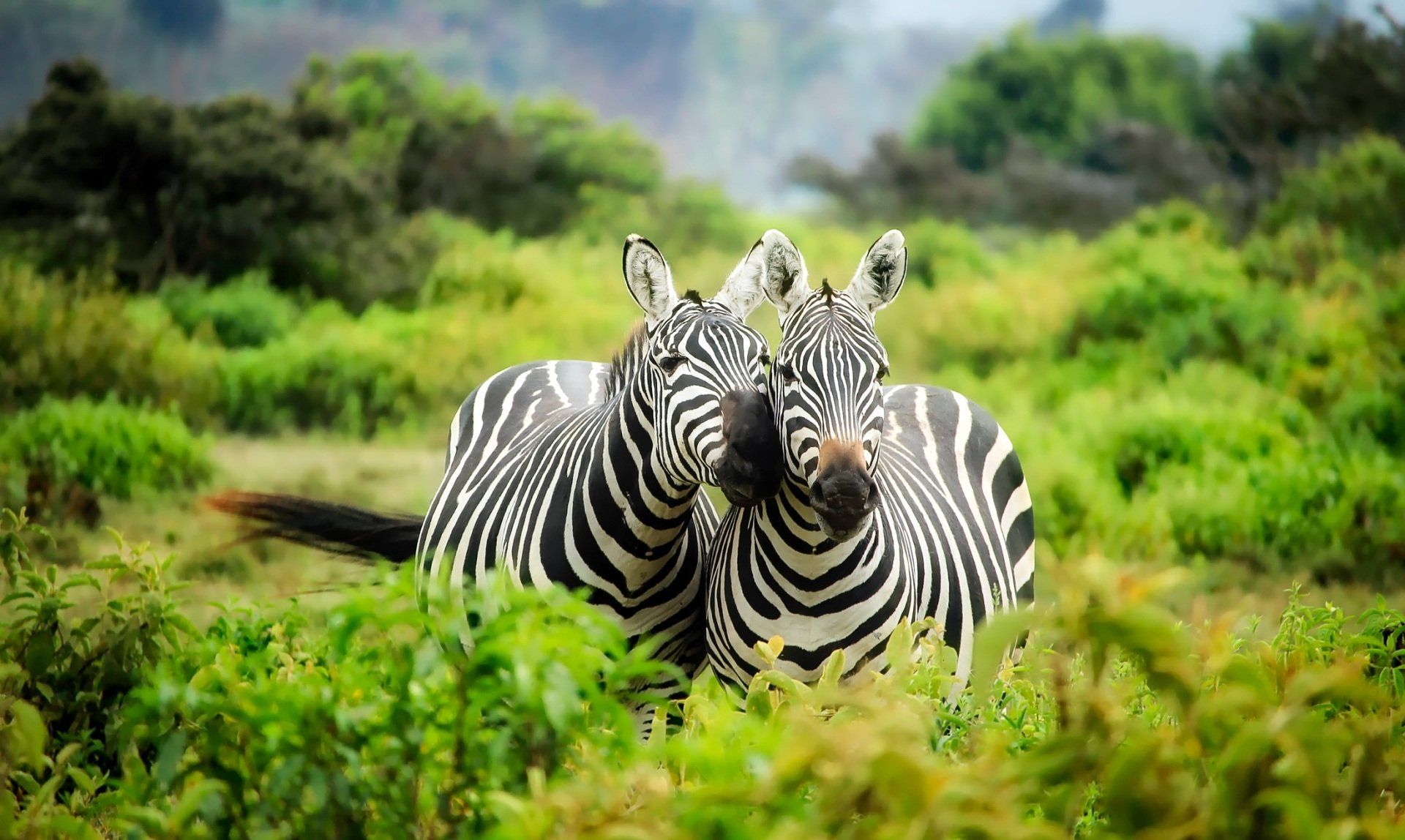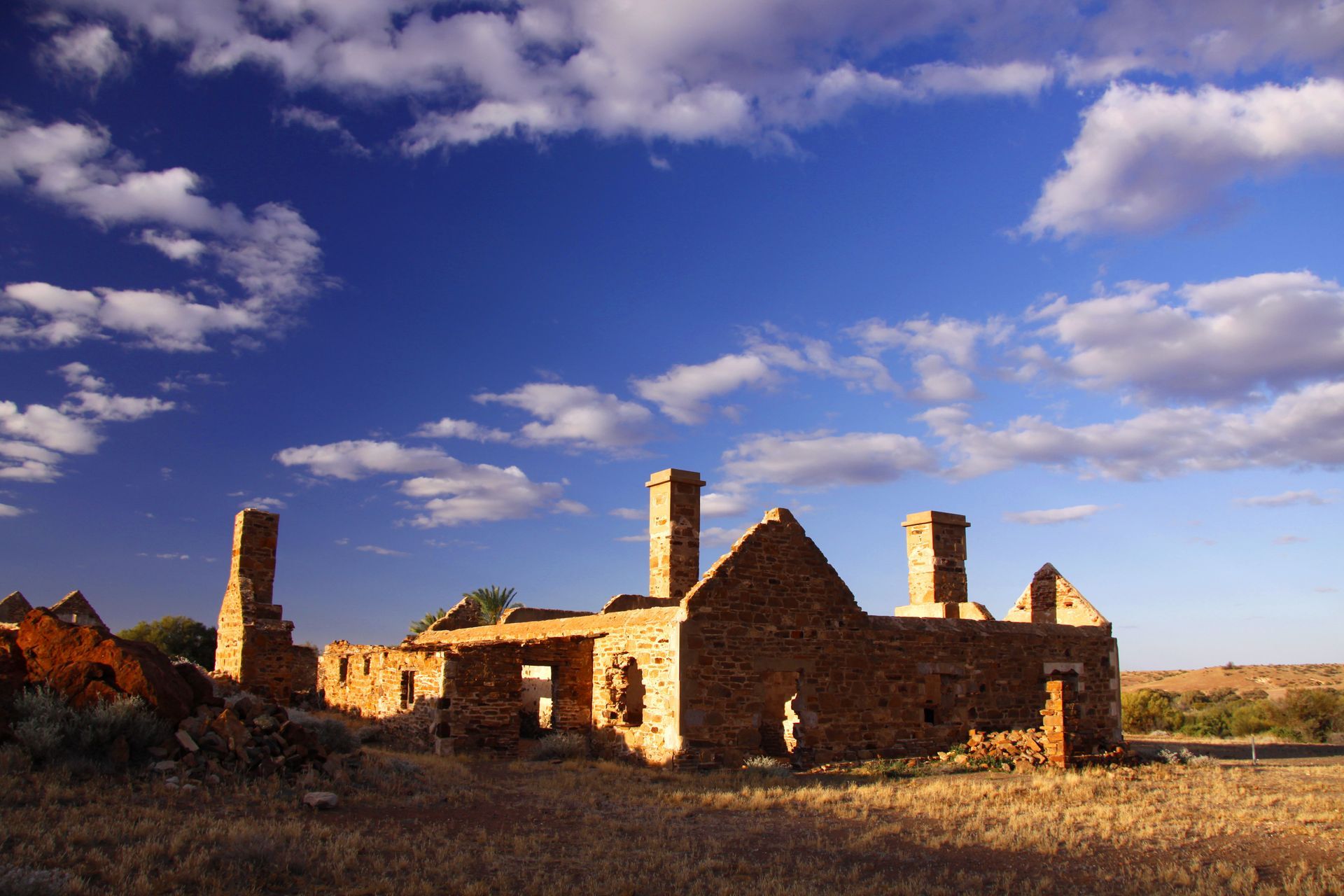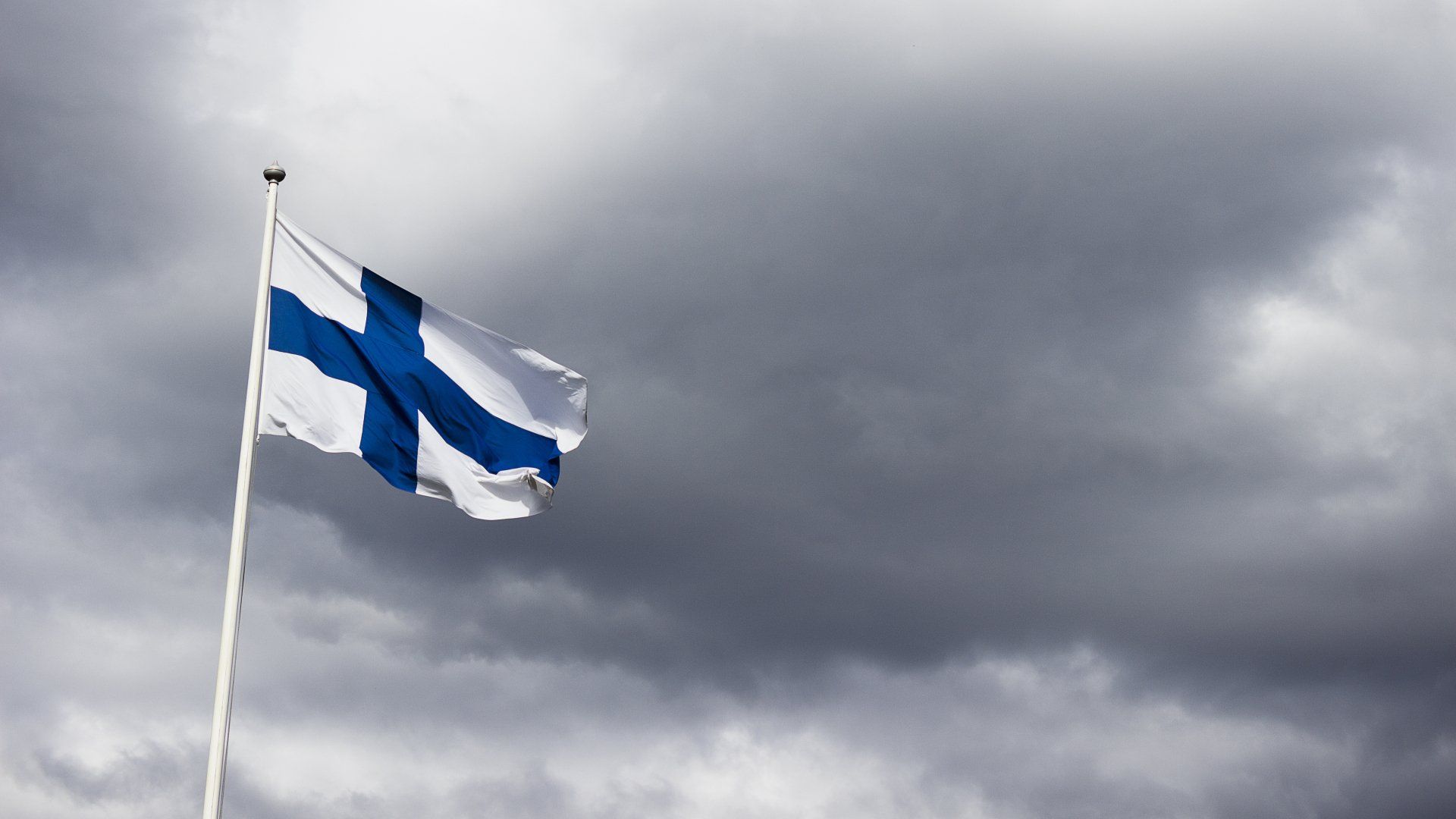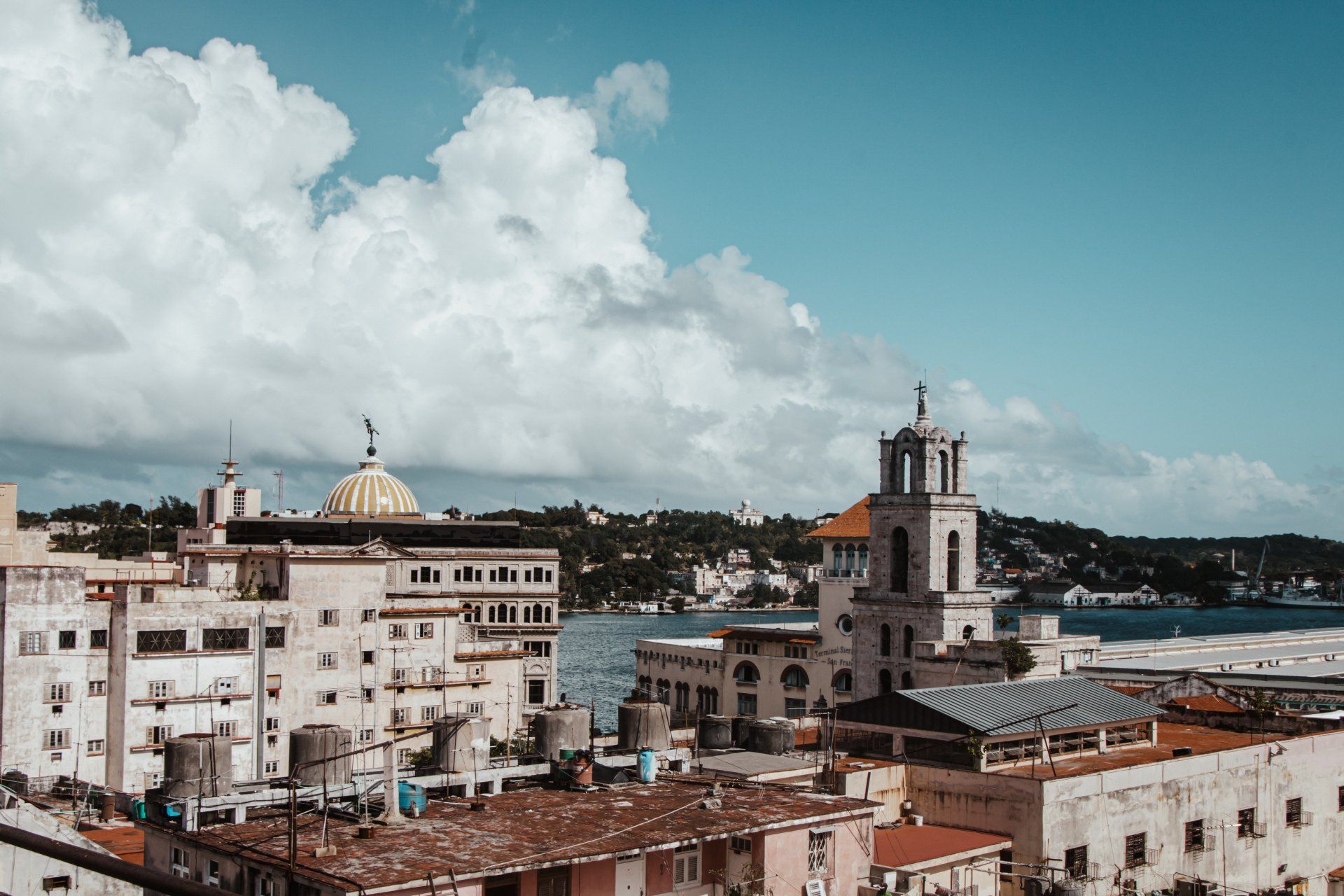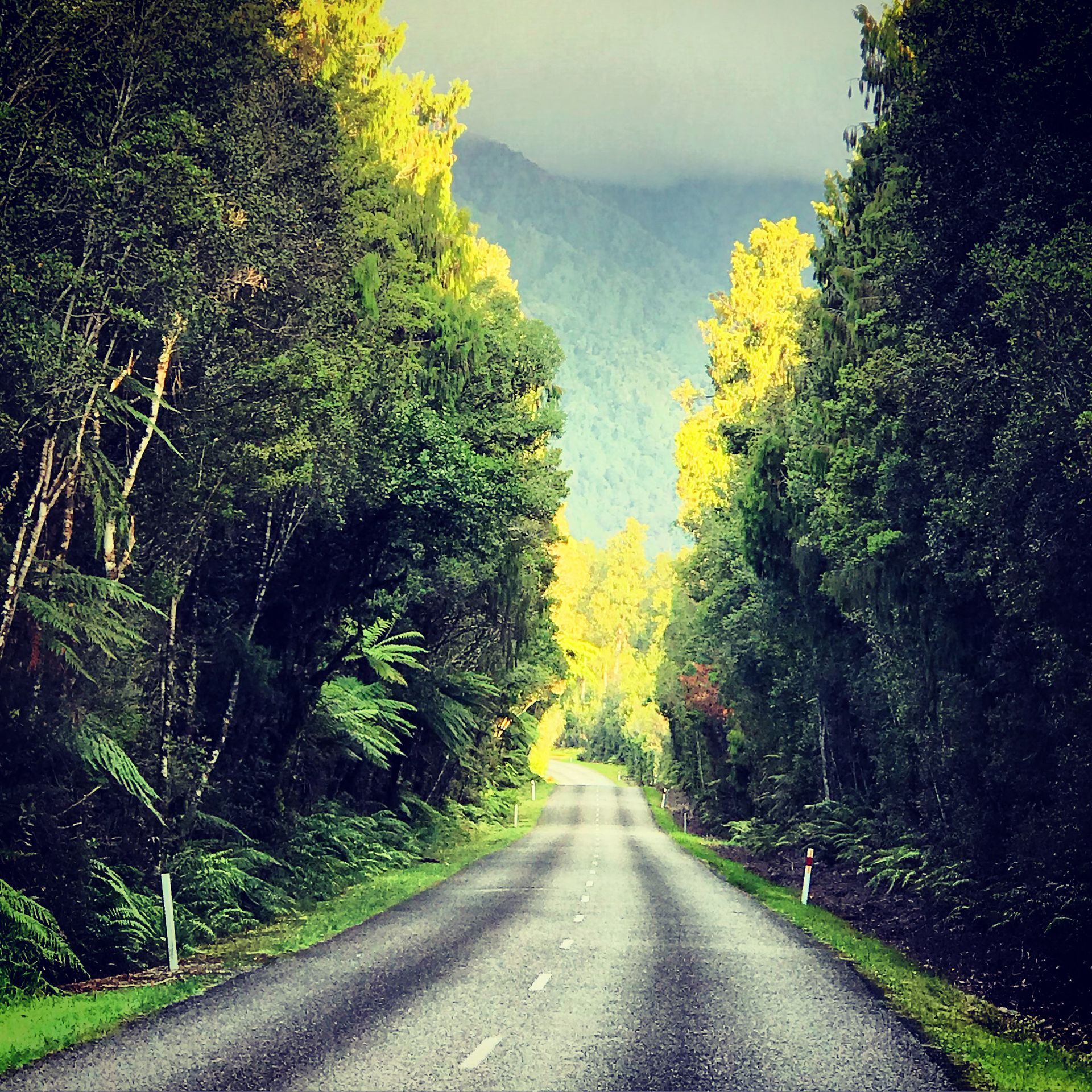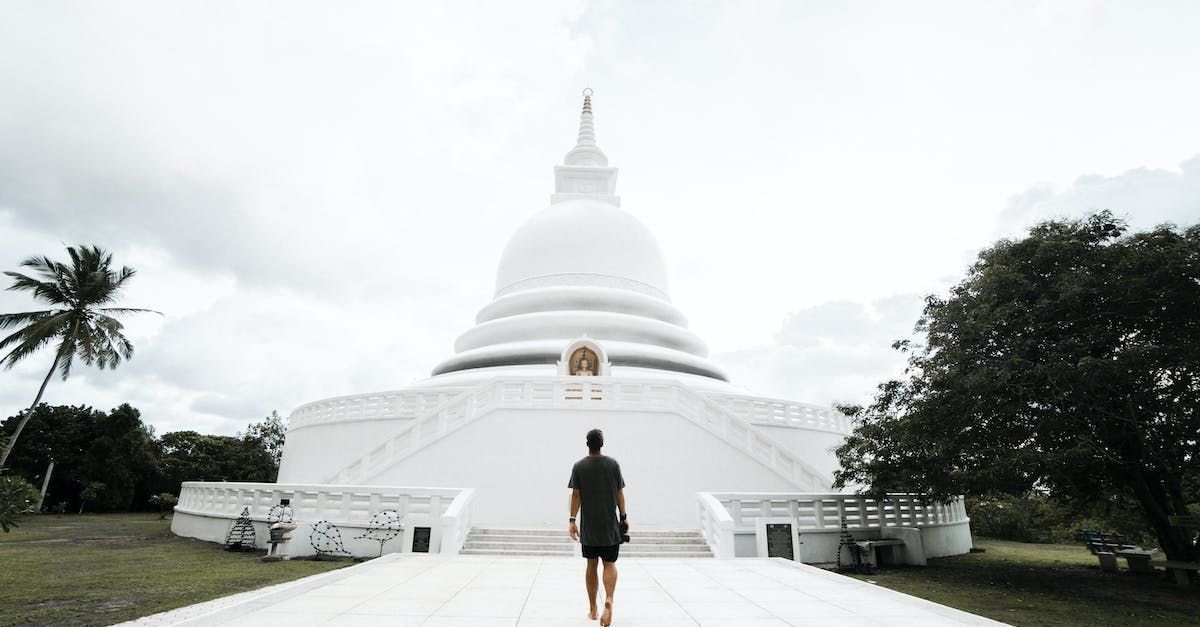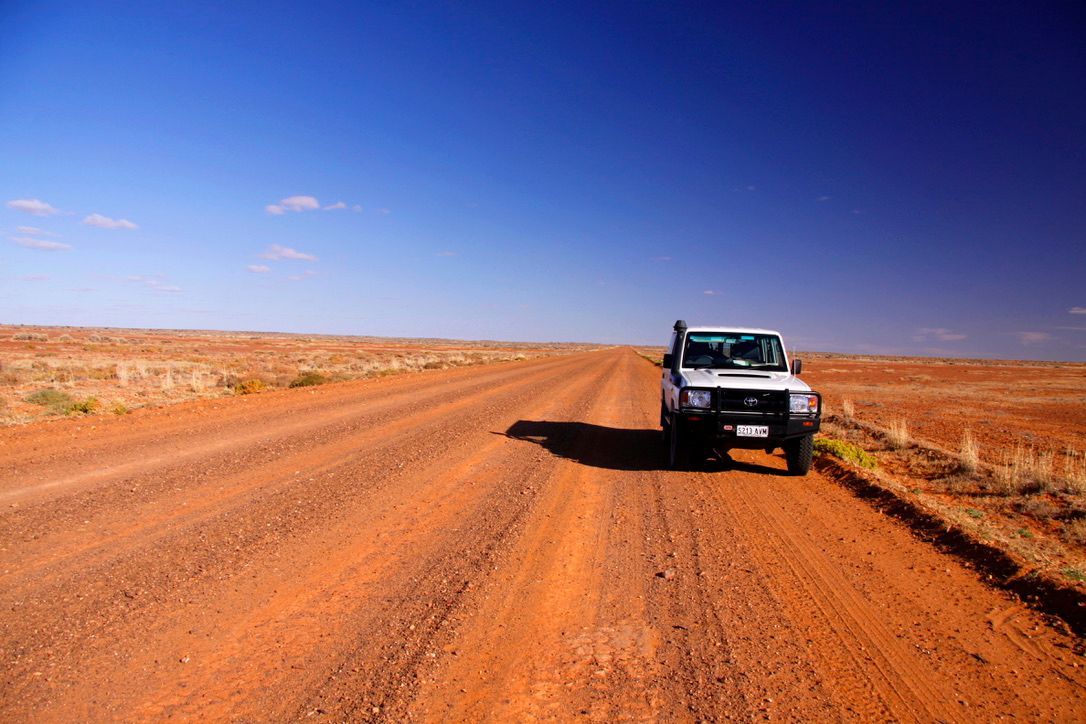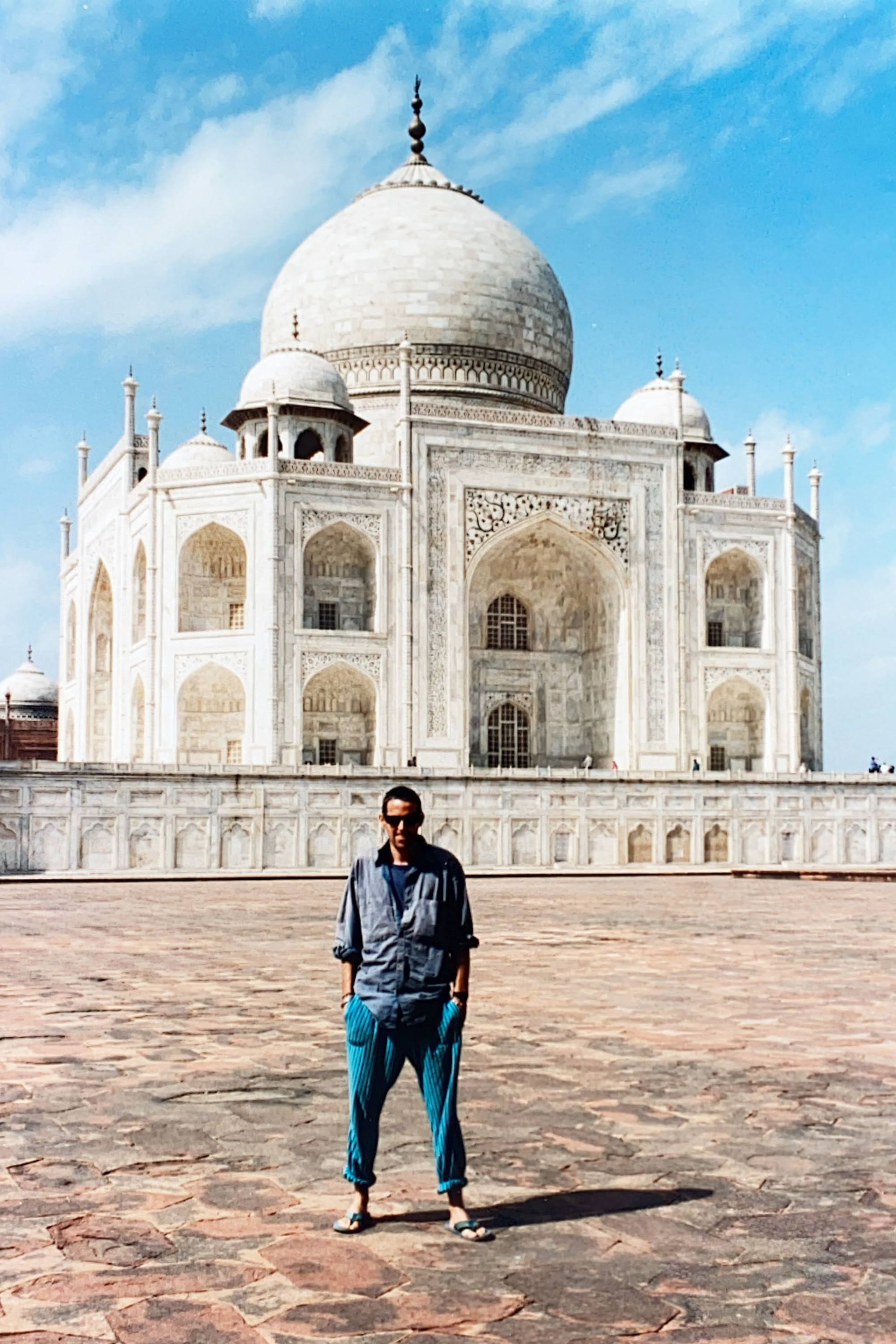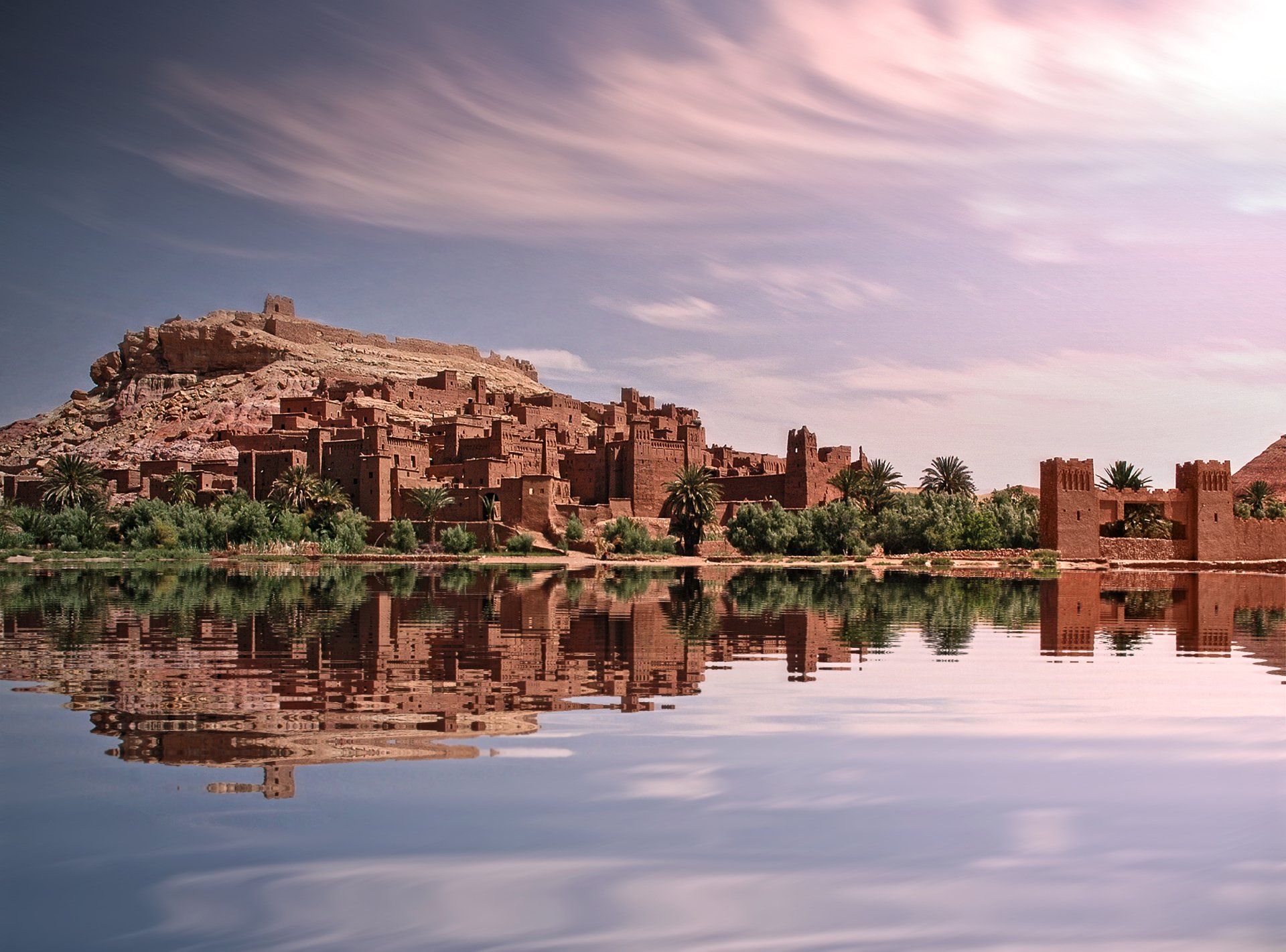For tens of thousands of years, the lava flooded out over the eastern side of India…
It was a hellish time to be alive. The Earth’s atmosphere was polluted with sulphur dioxide, carbon monoxide and a stew of other noxious gases. The chemicals, compounds and elements that formed this global atmospheric pall were being emitted from a mass of volcanoes, erupting like bubbles in a vast, roiling porridge-pot of molten rock on the planet’s surface. This miasma of poison blotted out the sun and caused the planet’s temperature to plummet. A dreadful, endless winter enveloped the world in its cold grip. And then, as if all of this wasn’t enough, a massive asteroid struck the Earth, filling the already choked and hazy air with a fine, planet-encircling film of iridium. It was a hellish time to be alive. In fact, most of the larger creatures that had, for millions of years, dominated the planet’s ecosystems, would soon not be.
When the block of continental crust that would one day be called India separated from the supercontinent of Gondwana, it began drifting northwards towards the continent of Asia. It was a slow journey, no more than 80 millimetres per year. But there was plenty of time and for the next 100 million years or so India crept along on her raft of crust. Things were, however, about to get busy.
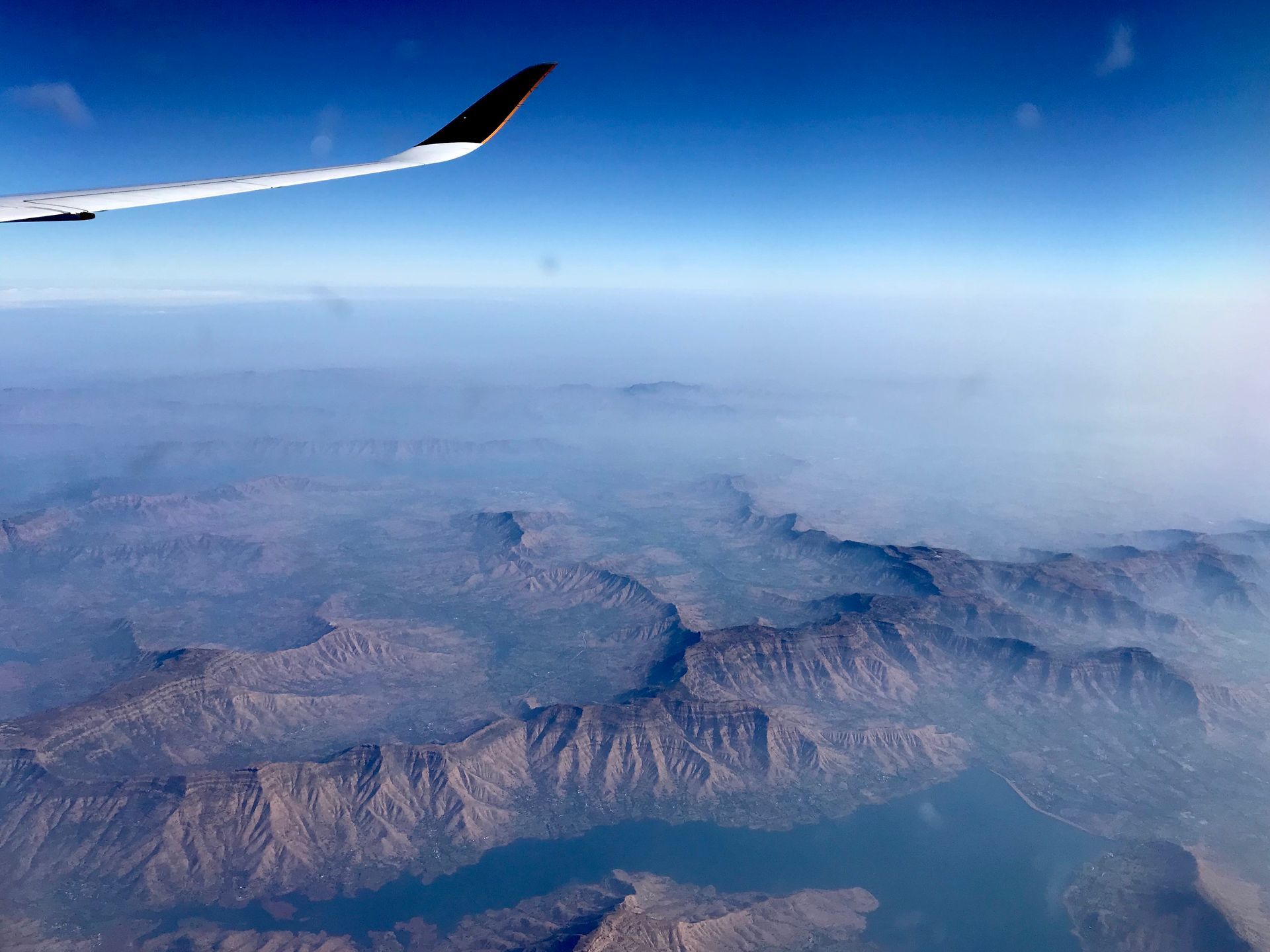
In what is now the South Atlantic Ocean, India passed over a mantle plume: a place where molten magma rose in a great column from deep within the Earth. As the continent passed slowly over the plume (which today still lies beneath the island of La Reunion), two things happened. Firstly, vast amounts of lava spewed out onto the subcontinent, covering the landscape with deep, alternating layers of basalt. And secondly, the heat from the fires beneath melted the underside of India’s crust, like a candle held over a flame.
For tens of thousands of years, the lava flooded out over the eastern side of India. Occasionally, the flows would subside for a time and wind-blown dust would accumulate in thin, bright layers. At other times, rivers and shallow seas would cover the lava flows, creating layers of fine gravels and beds of silty clays. Small organisms thrived in these waters and their remains became fossils. But then, the eruptions would begin again and these fine layers would be buried in successive layers of black, fine-grained basalt.
Eventually, the continent moved away from the mantle plume and the eruptions ceased. India, carrying her massive burden of solidified basalt with her, continued her journey northwards towards Asia. But she was lighter now, much lighter, despite the weight of the 100,000 cubic kilometres of new rock that the eruptions had bestowed upon her. The subterranean fires had melted so much of her underside away that she now floated high on the crust upon which she rode.
So she moved fast. Really fast by geological standards. By the time she reached the southern edge of Asia, India was moving at a rate of 150 millimetres per year: breakneck speed. And then, she slammed into Asia. The collision was so violent that a series of massive mountain ranges were pushed up where the edges of the two continents met.
As this slow but monumental collision was going on, the planet continued to cool, screened from the sun’s warmth by the shroud of volcanic gas and pulverized iridium. The big creatures grew cold and began to die. The smaller creatures, the ones that scurried in the bushes and who needed less warmth to survive, evolved into every niche the big creatures – the dinosaurs – had vacated. Some of them became birds, their feathers slowly evolving from scales into feathers.

Some of them became primates, furry creatures that, at first, walked on all fours. But as the climate warmed up again, the rainforests forests disappeared and they began to stand upright in order to see over the tall grasses that now covered the savannah lands where they lived. The descendants of this species would one day come to dominate the planet. And they would one day carve deep and spectacular caves of worship into the hard black basalt of the Deccan Traps.
To be continued…
